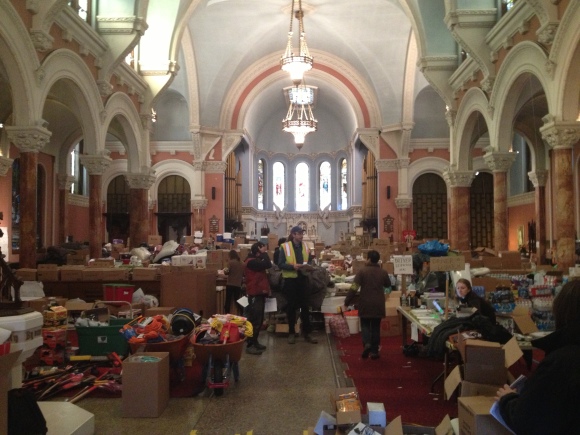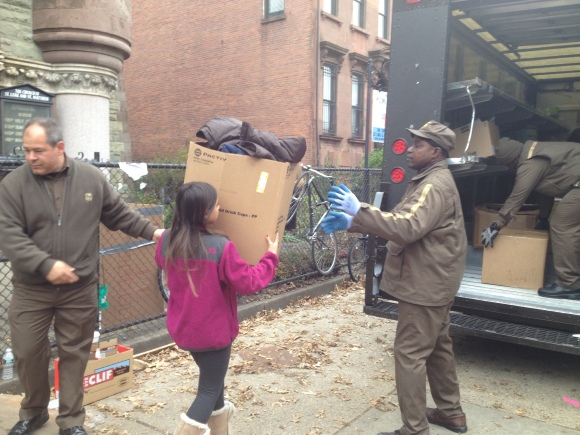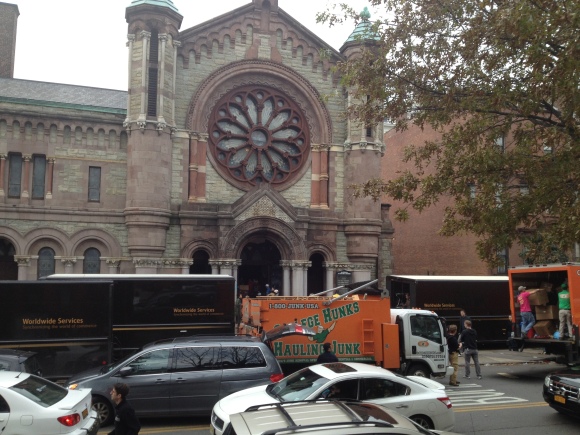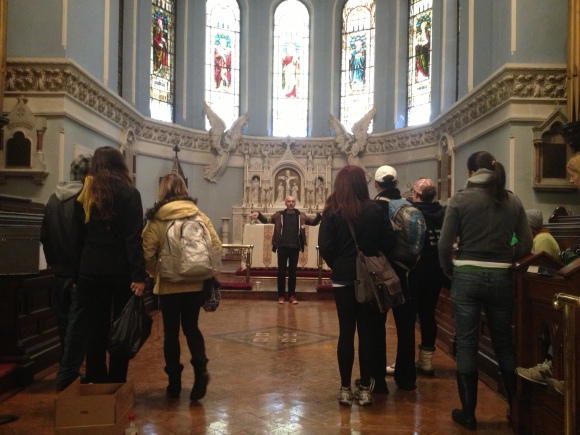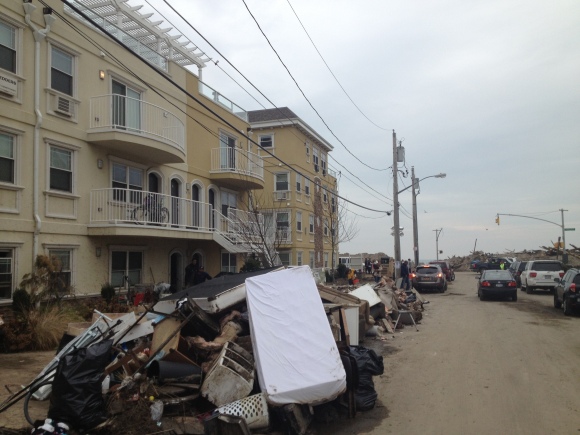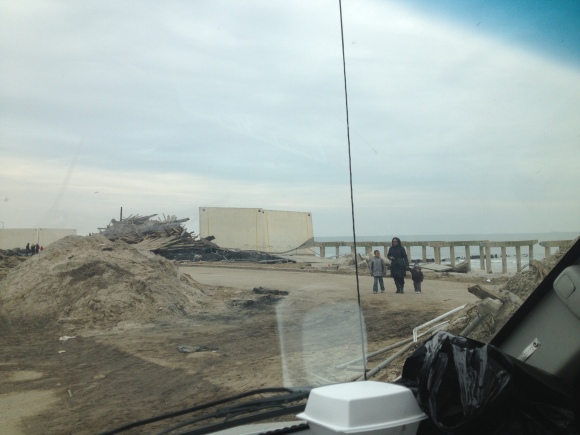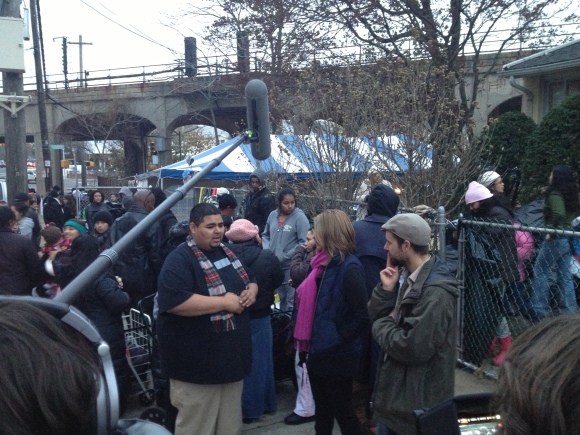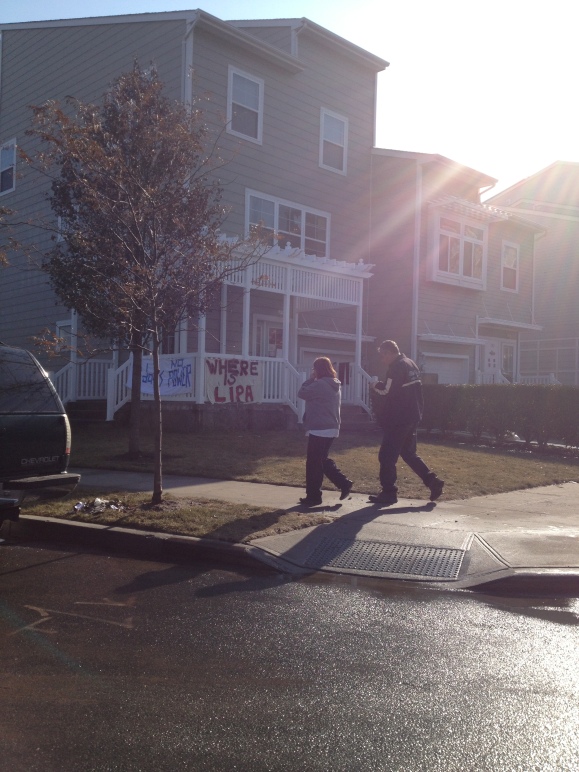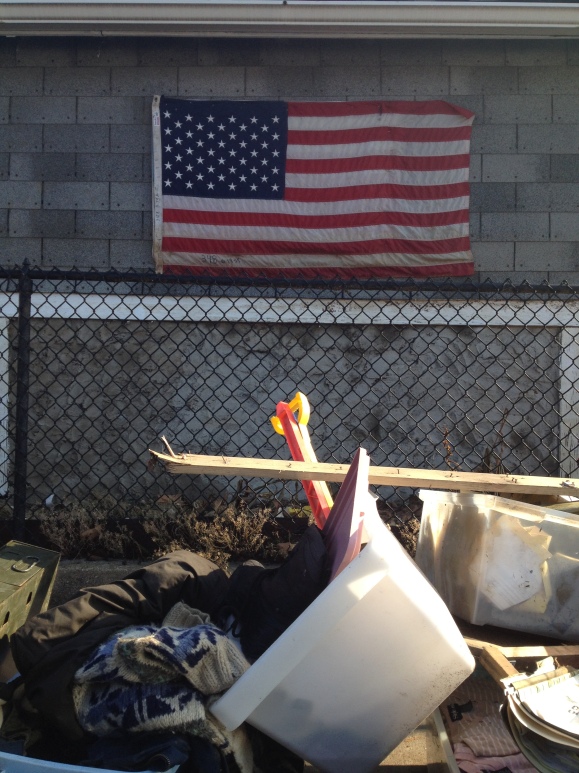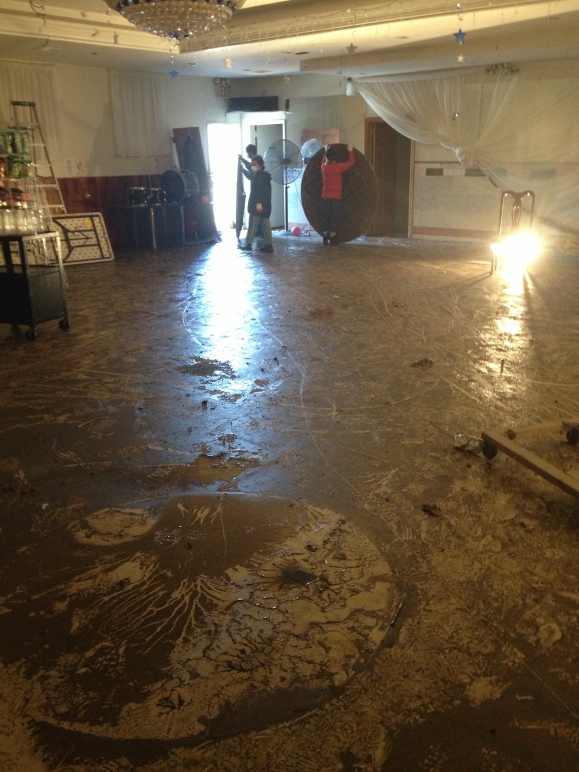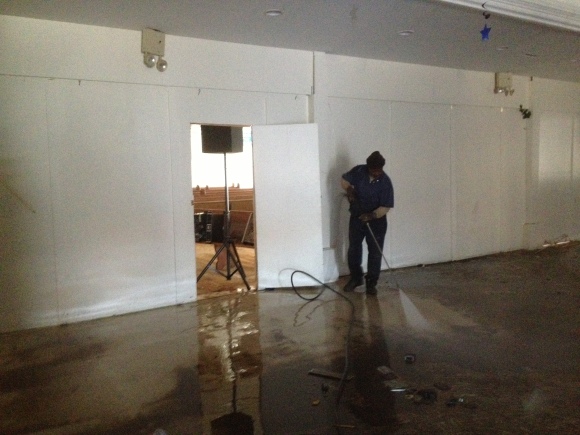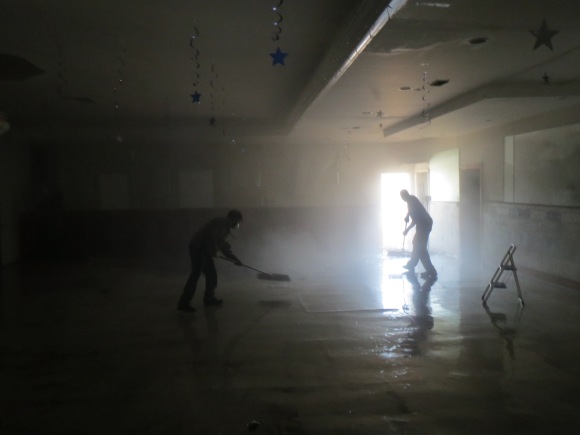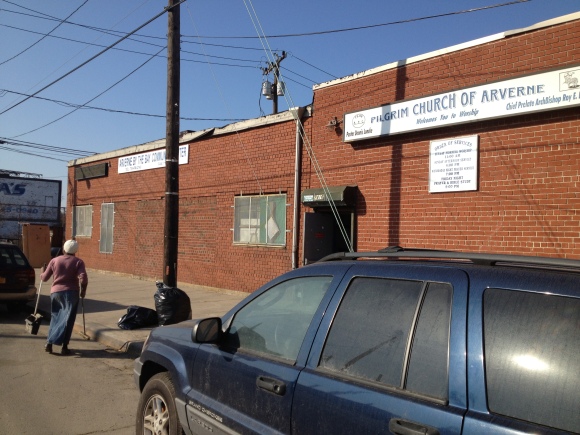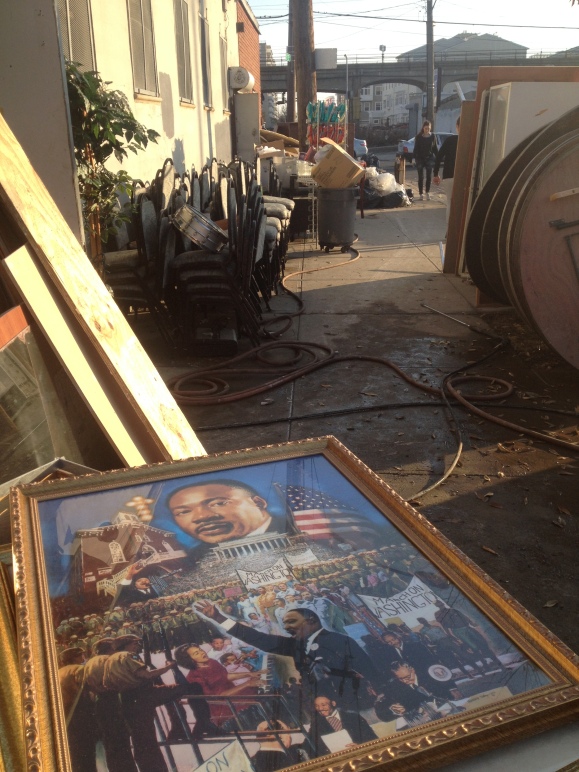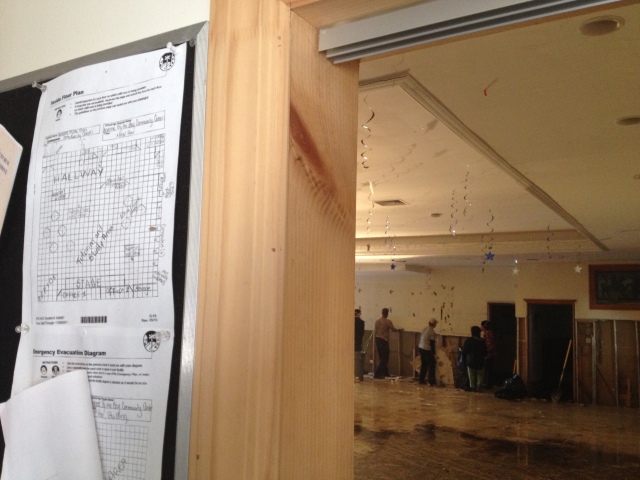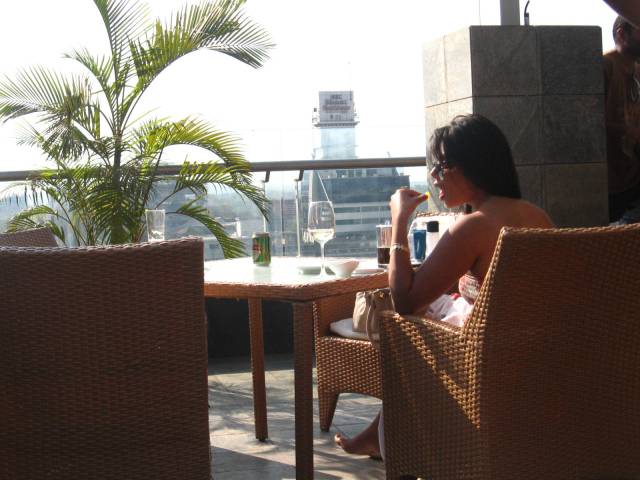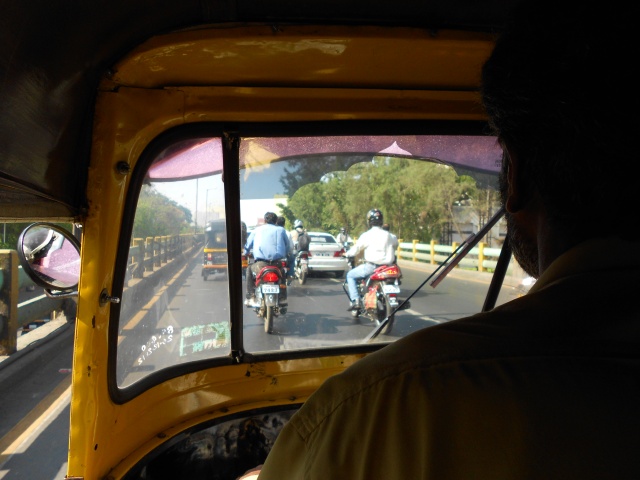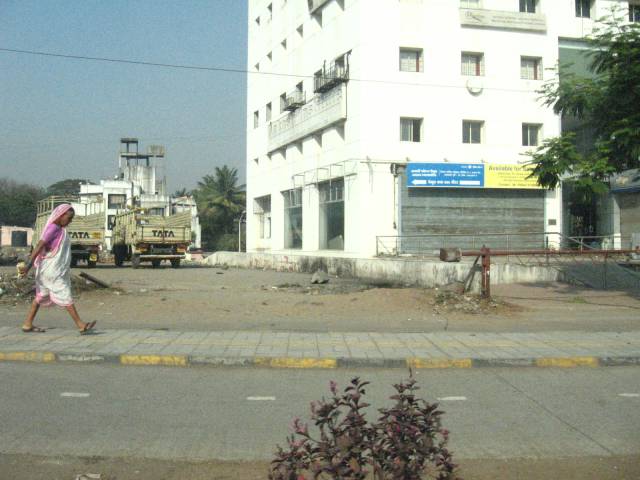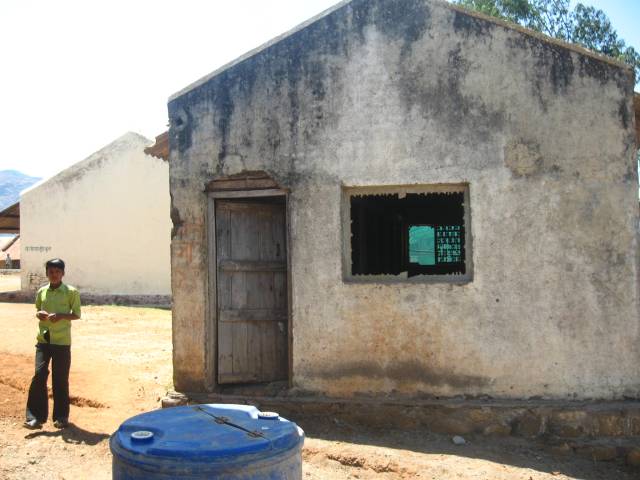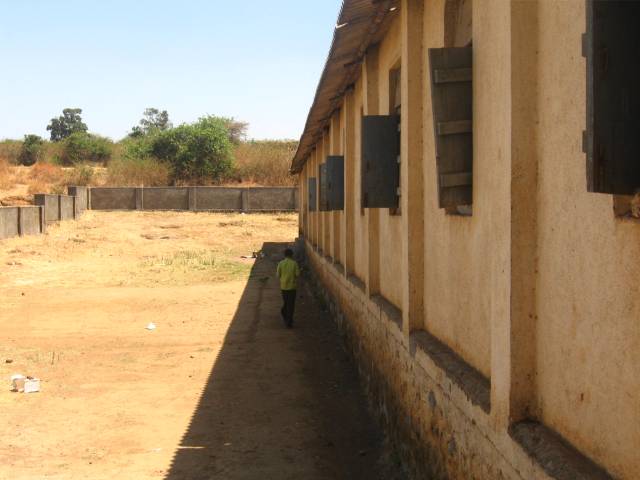I don’t believe that the race for mayor has to be seen as a two-way race. I also believe that regardless of who wins, the greatest political change often happens between elections. My thoughts on the mayoral race are below, but I’m going to start with a story about the at-large race between Anita Bonds and Nate Bennett-Fleming, among the easiest city-wide decisions to make.
Last year when Council Chair Kwame “Fully Loaded” Brown was deposed by scandal and Council Member Phil Mendelson took his place as chair, the DC Democratic State Committee chose its own chair of six years, Anita Bonds, to fill Mendelson’s At-Large seat – without an election. Bonds also happened to be an executive at Fort Myer Construction, a well-connected contractor that does tens of millions of dollars worth of deals with the city each year. At the time, the 82-member DC Democratic State Committee that put Bonds in office was illegitimately constituted, as it had canceled an election for the city to choose its membership and its members were already overstaying their terms.
More on that soon. After being appointed to the Council, Bonds ran several months later in a special election – now as the incumbent, with all the benefits that entails – and narrowly beat Elissa Silverman, a progressive, wonky candidate running with no corporate contributions but with a strong grassroots base.
At the time, Bonds said, “I think this is some hard work that needs to be done,” and “I don’t want to do it unless you can make a difference.” Yet fifteen months later, she has led just one notable piece of legislation, albeit a respectable one that improves housing affordability for long-time resident senior citizens.
One good bill in fifteen months? We should expect more.
“Expect more” – that happens to be the campaign slogan of Bonds’ challenger Nate Bennett-Fleming, a Ward 8-to Harvard Kennedy School-to UC Berkeley Law School whiz with an encyclopedic policy agenda that reaches a level of detail and knowledge all candidates should aspire to. Nate is currently DC’s shadow representative, and from all accounts he has worked hard in the thankless, unpaid position to lobby Congress for DC statehood.

The John A. Wilson Building, at 14th and E Sts NW, where the DC Council and the mayor’s offices are. Visit your elected representatives and testify there! (Photo credit: Adam Fagen, Flickr)
Though the 29-year-old Nate did a short stint at Goldman Sachs, he would be one of the most progressive council members. He supports a $12.50 minimum wage, indexed to inflation, and talks about issues like affordable housing, creation of good jobs, education, campaign finance, rehabilitative justice and more, with a unique energy and understanding.
The At-Large race presents an incredible contrast between the young, progressive, energetic, knowledgeable Bennett-Fleming and the 68-year-old establishment appointee who rarely takes stands (though she recently made the retrograde, life-endangering call for a moratorium on bike lanes in certain places). As I make this endorsement I also have to note that it’s a problem that there are only four women to nine men on the Council. Nevertheless…
Vote for Nate Bennett-Fleming.
Back to the Democratic State Committee for a moment. Remember how its members appointed Bonds to the Council while overstaying their terms? Two years past their legal welcome, they are now finally facing re-election on Tuesday, April 1st. Vote them out.
Vote for The Rent Is Too Darn High slate.
The slate is highly diverse in terms of gender, race, sexual orientation, and type of political experience – it’s also openly committed to making DC a more equal place for all. Its candidate for National Committeewoman, for example, is Nikki Lewis, a stalwart in DC’s local workers’ advocacy scene as executive director of DC Jobs With Justice. With the Jeffrey Thompson case and future perennial scandals likely to make heads roll, let’s have a party we can trust making replacement appointments to the council if the need arises.
Now for the mayoral race.
The Thompson allegations have made Mayor Vince Gray an easy target for many voters, who assume they should turn to Council Member Muriel Bowser as the alternative, based on a few small-sample-size polls portraying it as a two-person race, including a Washington City Paper one that only surveyed people with landlines.
Gray’s illegal shadow funding of his previous campaign is bad, but it shouldn’t completely overshadow the candidates’ policy positions or campaign decisions. Gray’s recent support for affordable housing (thanks to hard work by advocates) is laudable, but his past failures on the issue have helped lead to the current homelessness crisis, which he is also handling poorly. Gray’s choice for campaign manager, Chuck Thies, is a knowledgeable but conservative-leaning flack who also leaves a bad taste in the mouth for his bulldog, wannabe Rahm Emmanuel style – in a recent City Paper story he intimated that he doesn’t mind misleading voters who haven’t informed themselves enough. Gray has been better on progressive taxation than Bowser, who can’t ask for more money from the wealthy but can increase Metro fares for the working and middle class (though she has also passed legislation to subsidize DC students’ bus rides). Gray also has initiated groundbreaking programs for transgender Washingtonians, and got the highest possible rating from the Gay and Lesbian Activists Alliance, followed closely by Wells. But his positions on workers’ issues leave much to be desired. Under his watch, conditions at the DC Jail deteriorated to crisis conditions, policing under his administration has been disturbingly racist, and criminal justice advocates tell me he leaves much to be desired in support for returning citizens. Overall there’s little to suggest he’s looking out for the most vulnerable Washingtonians as the city develops and displaces.
Meanwhile, Bowser, though considered by many the only counter to Gray, is not a change I can believe in.
The success of Muriel Bowser seems owed to a long and well-organized campaign backed by a lot of (corporate) money, a growing anti-Gray sentiment, and perhaps also the propensity of media to leap upon two-way race narratives. She has a very well organized campaign, but a disastrously thin legislative record and a scarily vague set of values and agenda items beyond slogans like “All 8 Wards” and “Alice Deal for all.” She has a lot of enthusiastic supporters, but I’ve asked numerous times in a variety of forums for substantive policy reasons why they support her, and never been able to get a response.
The Large Retailer Accountability Act (LRAA), which would have made Walmart pay its employees $12.50 an hour in DC, was an illuminating moment for many. Bowser steadfastly opposed it, reneging on previous statements of hers that she would ensure good pay at the stores, after she received fundraising support from Walmart.
What happened after the LRAA failed spoke volumes. While Council Members Vincent Orange (who had led on LRAA) and Tommy Wells (who had voted against it despite concerted campaigns to swing his vote) proposed city-wide minimum wages of $12.50 and $10.25 per hour respectively, Mayor Gray echoed the DC Chamber of Commerce’s $10 per hour proposal (though he was to the right of the Chamber on whether to index it to inflation) and Bowser proposed… wait for it… a commission to do a study on what impacts a minimum wage increase would have on the city.
DC is now set to have the highest minimum wage in the country, $11.50 per hour, set to rise with inflation, by 2016 – it will begin a series of increases toward that in July. Under Bowser’s plan however, the low-wage workers of one of the most unequal cities in the country would still be waiting for experts to tell them what a minimum wage increase would do.
I’m generally uninspired by the mayoral candidate field. But my pick for mayor – and some of my activist friends will give me an earful for this – is Ward 6 Council Member Tommy Wells. Wells killed his opportunity to be the undisputed candidate of the left in DC when he refused to vote for the LRAA, arguably spelling its death. But he has also done some good things and, polling in third (and, in this 4,000 person poll, in first) he’s still the only progressive candidate with any chance of winning.
After the LRAA, Council Members Orange and Mendelson were the best on pushing a city-wide minimum wage; Tommy was its greatest advocate right behind them. He can rightfully take credit for winning a significant wage increase for tens of thousands of workers (though even at $11.50 it still won’t be a true living wage). Tommy was also one of the most supportive council members of a campaign I took part in to extend paid sick days coverage to restaurant workers.
As chair of the Committee on the Judiciary and Public Safety, Tommy has been instrumental in passing marijuana decriminalization (though amendments by Vincent Orange and Mendelson will weaken its benefits for the poor and people of color). And he has been extremely supportive of a campaign I’m organizing to get a library at the DC Jail. Full disclosure: Tommy is the council member I’ve had by far the most interaction with, though we certainly don’t agree on everything. He seems to have young white voters as a core constituency and doesn’t poll very well with black voters, which is problematic in what it could mean for gentrification if he were to be elected and become DC’s first white mayor.
On ethics issues, Tommy is taking the rare stand of running without corporate contributions. I think that’s admirable and a stand that should be rewarded, though there are some caveats – wealthy people can still make significant contributions as people rather than as businesses. Also, as Marion Barry has pointed out, candidates with largely white and affluent bases can better afford to rely on individual donations than can candidates representing people with less disposable income.
Speaking of ethics, let’s talk about the ethics bill Muriel Bowser champions as one of her biggest legislative accomplishments (when she’s not asking what a legislative record has to do with being qualified for mayor, anyway). Well, the Sunlight Foundation wrote that the bill “takes some steps to follow best practices in municipal ethics, but is overly reactive to recent scandals, contains significant loopholes, has relatively weak enforcement and punitive powers, and ignores or passes the buck on some much needed reforms.” Meanwhile in the final days of the primary Bowser is raking in money from big developers, real estate firms and other businesses, including ones facing major criticisms from community advocates and unions.
At a recent Washington City Paper mayoral forum, Tommy Wells asked Bowser why she refused to support an amendment that would simply require contractors to check a box on a form saying whether they had donated to candidates or officials, who might be deciding on whether to give those companies big contracts. Bowser responded by simply repeating the line that it was a “comprehensive” ethics bill. Sorry, but that’s not a real response.
Wells ended up being the only council member to vote against the bill, saying it was too weak to support. He was also removed from his post as chair of the Committee on Public Works and Transportation by Chairman-at-the-time Kwame Brown for publishing a report on Brown’s “fully loaded” Lincoln Navigator scandal instead of burying the issue of Brown’s misuse of public money.
Bowser is very well informed on the city’s issues; her statements in interviews and in her response to the State of the District are evidence of that. Her organizational and management skills are made clear by the success of her campaign. But to what end? Her combination of conservative votes and thin legislative record after seven years on the council bode poorly. Many voters may want a change from Mayor Gray – but a change to what? It’s unclear with Bowser, but it’s unlikely to be in progressive directions.
Wells gives progressives the best chance to have a friend in the mayor’s office, but as always, continued scrutiny and advocacy is the only way to guarantee results.
Also, Phil Mendelson is running, relatively uncontested, for re-election as council chair – vote for Mendelson, a critical leader in the recent paid sick days and minimum wage victories, and often a refreshing voice of calm and reason on the council.
A few words on other mayoral candidates people are considering.
Vincent Orange: His leadership on LRAA, the city-wide minimum wage, and paid sick days has been fantastic, and he should be the people’s champ candidate right now. But he has an ideologically inconsistent record over his career (he along with Bowser has voted against making the tax code more progressive), and his campaigning skills don’t quite match his recent progressive bona fides – he has no chance of winning. Also, his bizarre, pipe dream plan for an RFK Stadium renovation including an indoor water park and a museum honoring DC golf is intriguing in a Sim City way, but would exacerbate gentrification and likely be a massive public-to-private transfer of wealth, and is just not very mayoral.
Andy Shallal: I agree with his progressive values and I love Busboys and Poets, but a few things. Despite running as a progressive and stumping hard on his support for paid sick days as a restaurant employer who has long provided them, I have heard very mixed things about how well his employees are treated. I also see some hypocrisy in a man worth $15 million positioning himself as a man of the people, and as the owner of an original highbrow 14th Street restaurant positioning himself as a critic of gentrification. Lastly, I definitely think there’s value to outsider candidates and the critiques they bring to the conversation, but at the same time it feels wrong for someone with so little government experience to run for a position that demands such complex understanding and control of the system. His campaign has never felt completely serious to me. And I think outsider, very long-shot candidates contribute much more to the city when they use their seat at the debates to hammer home a specific policy reform, as Paul Zukerberg very successfully did with his advocacy for marijuana decriminalization while running at-large last year.
Jack Evans: A seemingly well-intentioned man with a lot of experience on the council, but who talks a lot about turning all of DC into 14th Street (read: rampant gentrification), has a second job as a lobbyist that seemingly presents conflicts of interest and pays him more than his council job does, and is out of touch enough to have called his Georgetown neighborhood “inner-city.”
All that being said, someone will become the Democratic candidate for mayor with probably no more than 25-40 percent of the vote, of the less than 50 percent of residents who turn out to the polls.
This is a disgrace in the political capital of the world. DC needs instant runoff voting, and people who live here need to vote here, where your vote counts far more proportionally than it does wherever you come from (Vermont and Wyoming being the exceptions) – and the election results affect you far more.
Regardless of the outcome, politics neither begins nor ends with elections. No matter who wins, albeit to varying degrees, we collectively have the power to decide what they do.
Note: Despite the verbosity of this post I know there are more issues and positions candidates have taken that are worth discussing. Please comment below and let me and other readers know your thoughts – I’m happy to make edits (which I will note where I do) if I’m convinced that I’ve missed or mischaracterized something.
This post has been edited to correct the fact that Nate Bennett-Fleming is the shadow representative, not the shadow senator. It has also been edited to note that Mayor Gray did not merely echo the DC Chamber of Commerce’s proposal but was to the right of it – both called for $10/hr but he opposed indexing to inflation while the Chamber didn’t.


